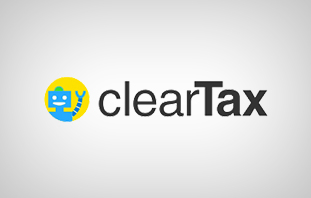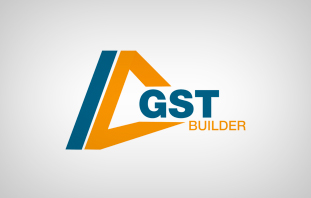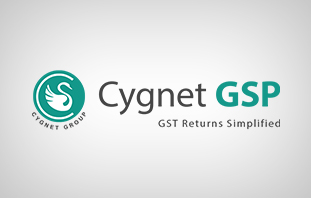You're using an outdated version of Internet Explorer.
DOWNLOAD NOWThe Goods and Service Tax (GST) is one of the most significant tax reforms post independence and has rightly attracted heightened interest from all stakeholders. It will replace our current complex Central and State indirect taxes to create a common market for India with a seamless indirect tax regime. GST will significantly boost investment and growth of the economy. Find out how, with this handy Axis Bank GST guide.
GST can have great long-term benefits for consumers as well as businesses. But these benefits vary from sector to sector.
Use the Axis GST guide to choose your sector and domain, and find out exactly how you can gain!
PAN card is mandatory to apply for GST registration.
Yes, GST is applicable from 1st July, 2017 and the registration limit is until 30st June 2017.
The following shall not be required to obtain registration, and will be allotted a UIN (Unique Identification Number) instead. They can receive refund of taxes on notified supplies of goods/services received by them:
To view the artefacts, you need to perform the following steps:


Axis Bank customers get special assistance on registration of GST and its impact analysis at a 75% discount
Sign Up
Axis Bank customers can now enjoy 15% discount on GST Impact Assessment and Decision Simulator Tool for construction, real estate, infrastructure and other ongoing projects.
Sign Up
Axis Bank customers can now avail special assistance for smooth transition and complete digitization of return filing with 40% discount.
P: +91-79-67124000
Email : inquiry@cygnetinfotech.com

10% discount on GSP services for Axis Bank Customers
P: +91-8884132288
Email : GST-axis@wepdigital.com
GST stands for Goods and Services Tax. GST will be a single destination based consumption tax that will replace existing taxes, including CENVAT, Octroi, Sales Tax, and Excise Duty, etc. Unlike the old tax structure, where the state of origin received tax revenue, in the new GST model the state in which goods and services are consumed is the state that will receive the revenue.
Central Goods and Services Tax, paid on all transactions, collected by the Center
State Goods and Services Tax, paid on all transactions within a State, collected by the States
Integrated Goods and Services Tax, paid on all inter-state transactions, or import of goods into India, collected by the Center
UTGST is applicable on every Intra UT supply of goods and service in the union territories in absence of legislature and has similar properties as that of SGST.
The ‘supply’ of goods and/or services to any person or entity in India.
The central taxes proposed to be subsumed under CGST include:
The state taxes proposed to be subsumed under GST are:
Yes, every transaction of supply in India will either be subject to:
CGST and SGST OR CGST and IGST
Unless the good or service is exempt.
The list of exempt goods and services includes (but is not limited to) petroleum products, entertainment and amusement, alcohol/liquor for human consumption, stamp duty, customs duty, and electricity.
Yes, all procurement will be subject to GST but businesses will get a credit for B2B transactions. Please note that GST will have to be paid before a credit is received.
Yes, stock transfers between two states within the same organization will trigger GST.
Goods and Services Tax Identification Number (GSTIN) is a 15 digits state-wise PAN-based number to be used to identify businesses registered under GST.
GST regulations are applicable if your annual turnover is Rs. 20 lakh or above. In case of North Eastern states (Arunachal Pradesh, Assam, Manipur, Meghalaya, Mizoram, Nagaland, and Tripura) and hilly regions i.e. Himachal Pradesh, Uttarakhand, Jammu & Kashmir and Sikkim, the threshold limit is Rs. 10 lakh.
The registration is mandatory on crossing the limit of Rs.19,00,000 ( for special category states it is Rs. 9,00,000).
Key pointers:
GSTN has developed a robust platform for taxpayers to access the GST Systems, however, that would not be the only way for interacting with the GST system as the taxpayer via his choice of third party applications, which will provide all user interfaces and convenience via desktop, mobile, other interfaces, will be able to interact with the GST system. The third party applications will connect with GST system via secure GST system APIs. All such applications will be developed by third party service providers who have been given a generic name, GST Suvidha Provider or GSP. Axis Bank has tied up with various GSPs for its Axis clients at discounted rates.